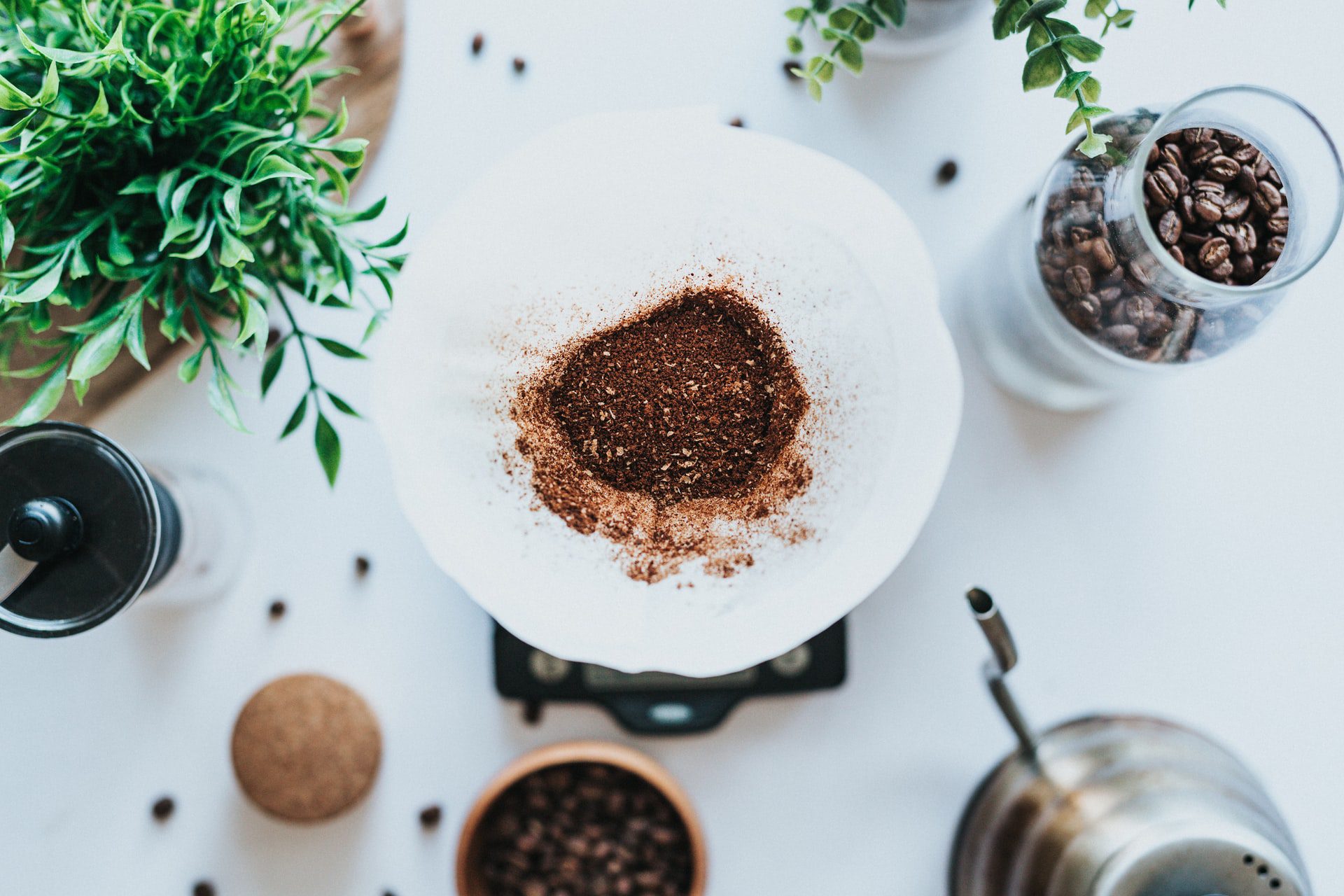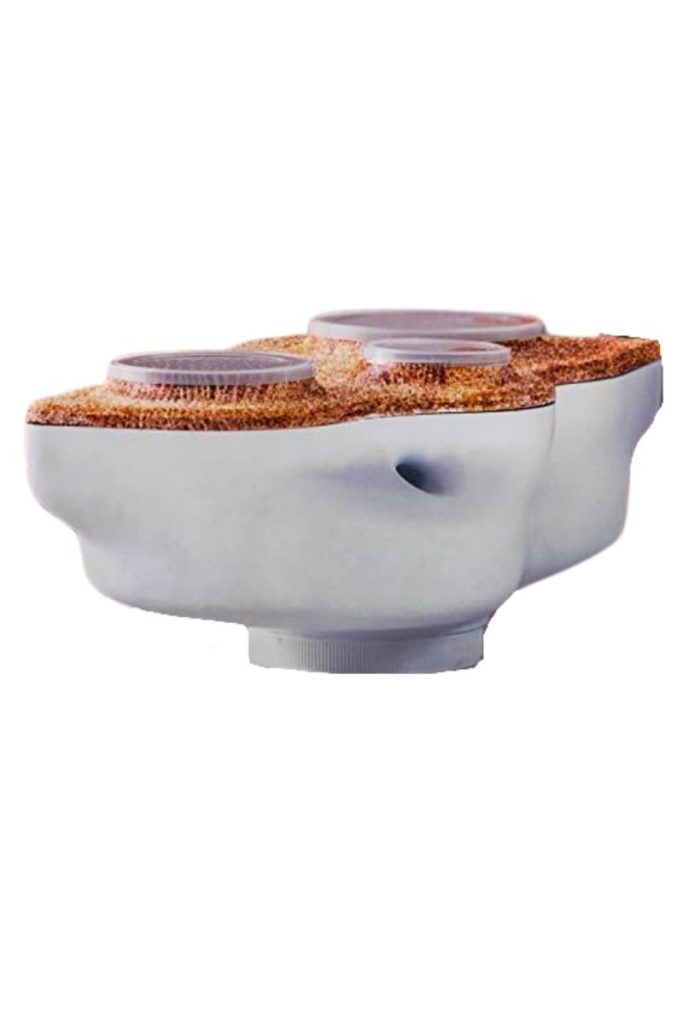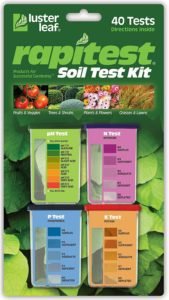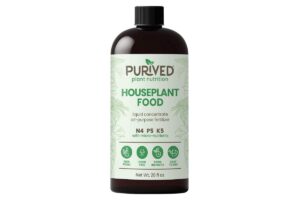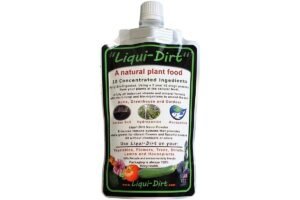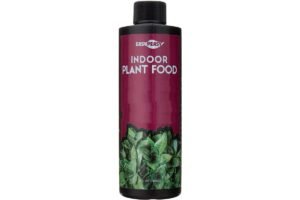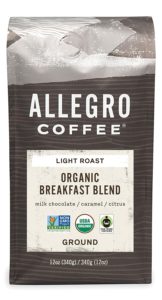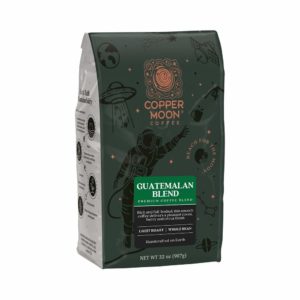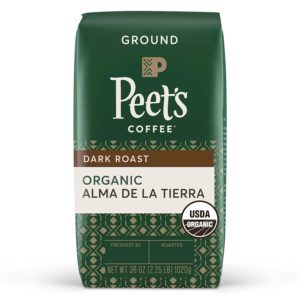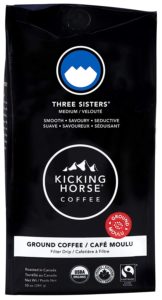Eat. Sleep. Drink coffee. Water Plants. Repeat.
If your daily routine looks anything like this ☝️, you’re generating a rich fertilizer just by going about your business. True facts, plant people!
This isn’t a miracle cure and I can’t claim it’s better than a high-quality houseplant fertilizer, but you can use coffee as fertilizer for a wide variety of plants with great results. Many drip-coffee addicted gardeners have already discovered this unlikely use of old coffee grounds.
Coffee grounds contain essential nutrients, including phosphorus, potassium, magnesium, copper and other trace minerals. Check out what kind of NPK ratio your plant thrives in for best results, and keep in mind fertilizer dosing guidelines for plants as well before applying coffee grounds to your greenery.
The amount of nutrients in each batch of coffee grounds varies, and the best way to find out what’s in yours is to mix it into your plants’ potting soil and see how your plants react. Coffee grounds act as a slow release fertilizer, meaning that they release nutrients over time.
In other words, enjoy your morning brew and then give your spent coffee grounds to your potted plants!
Eat. Sleep. Drink coffee. Fertilize plants with coffee grounds. Water plants. Repeat.
How to use coffee as fertilizer in your garden
Coffee grounds are a great fertilizer because they add both nutrients and organic material to the soil. Coarse grounds immediately improve drainage, help with water retention, and make natural organisms like earthworms very, very happy!
Add some coffee grounds to your worm composter with a neutralizing material like eggshells for some amazing compost. If you’ve got some extra scoby too? Scoby makes amazing worm food too, let me tell you from experience 😉
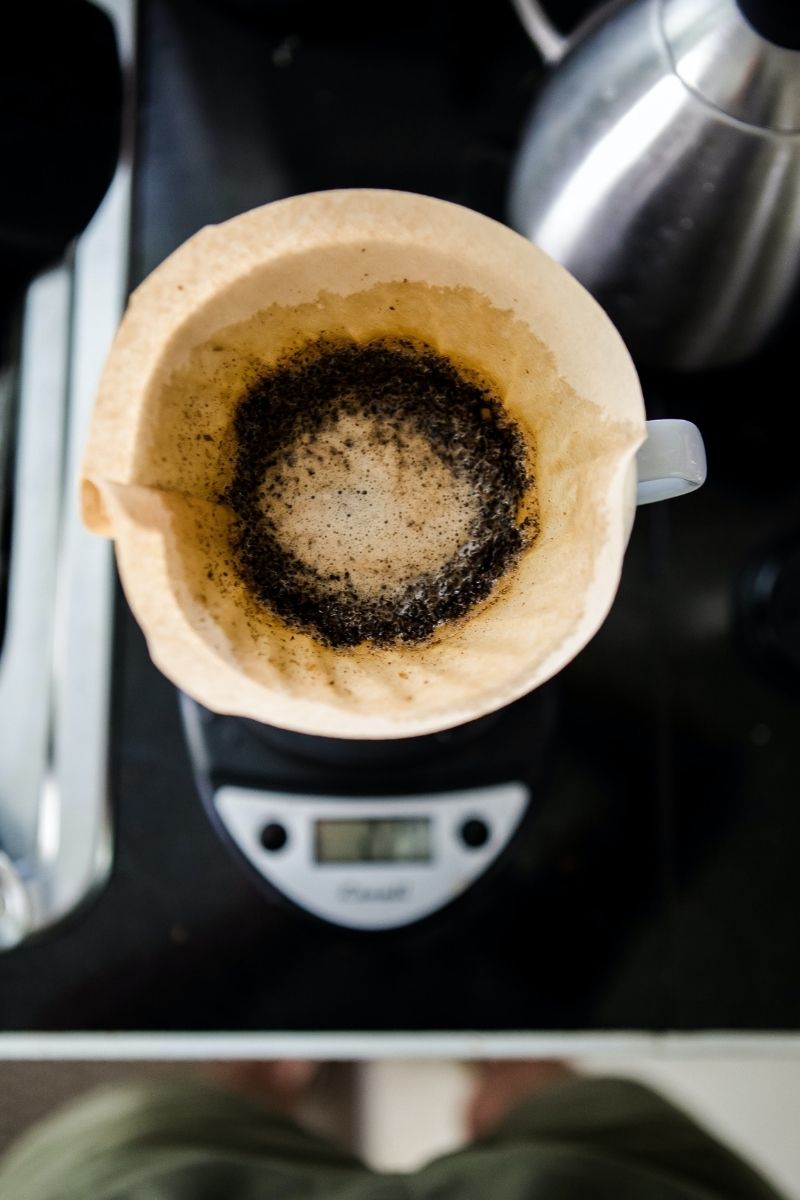
Many people say that coffee as fertilizer is too acidic to add to soil, but this is more true of fresh, unbrewed coffee grounds than spent ones. Fresh coffee grounds can be good for acid-loving plants. Used coffee grounds usually have a neutral to slightly acidic pH.
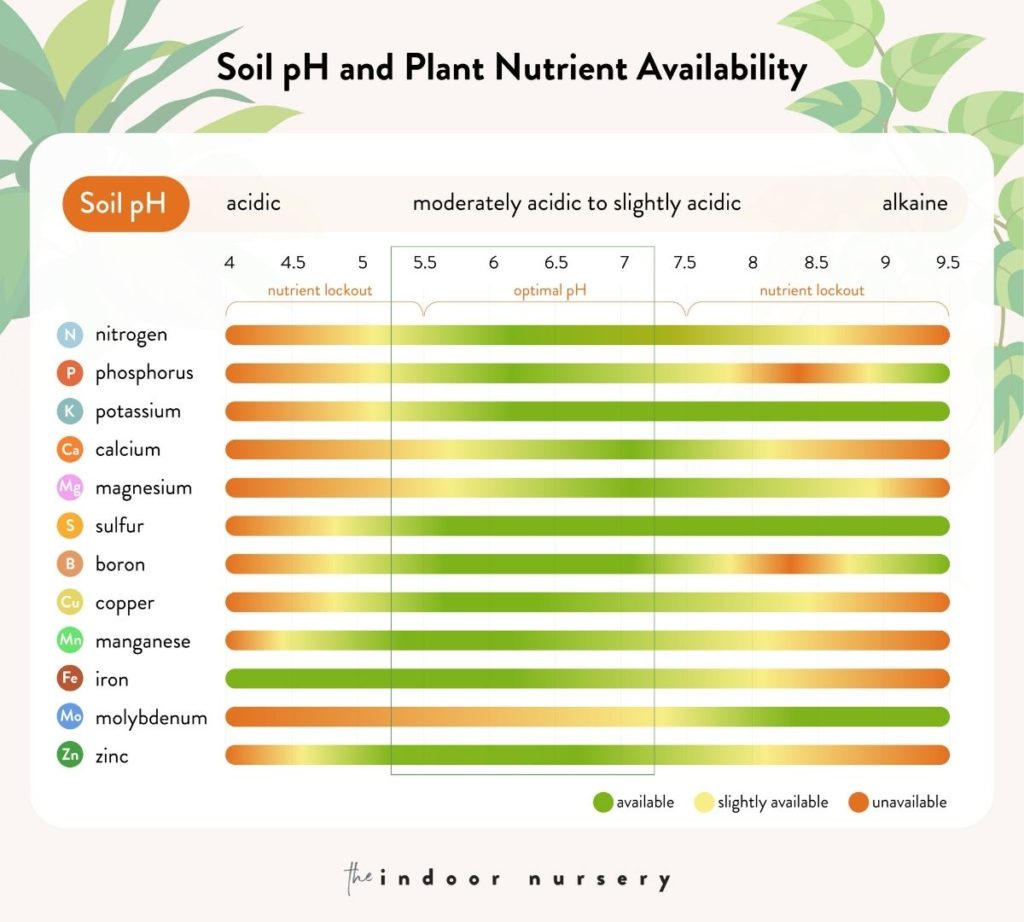
If you don’t want to make coffee, simply rinsing your unused coffee grounds in water will neutralize the acidic pH.
To mix your coffee grounds with soil, sprinkle them onto the top layer of soil and rake them in with a garden fork. Spread the grounds in a thin, even layer to ensure they don’t create a water-resistant barrier, and you’re good to go!
Composting with coffee grounds
Adding coffee grounds to your home compost is a great way to recycle organic matter into green material.
Just be conscious that coffee grounds are actually considered to be green compost material (since it contains nitrogen), and they will need to be balanced with brown compost material (dried leaves, grass, wood chips, paper).
If you’re using drip coffee grounds, you can add them, paper coffee filter and all, into the compost. If you use the grounds as a fertilizer, be aware that they release nitrogen more slowly than your typical liquid fertilizer.
Why you should use coffee grounds in your garden
1. Attract more worms
When you use coffee grounds outside, they’ll attract the kind of bio-organisms that make your garden a true Eden: Yes, if you ask me, worms are the unsung heroes of the Garden of Eden. They loooove coffee grounds.
If you add grounds directly to your soil, you can be sure that earthworms will find their way in. If you have a worm composter, add about one filter’s worth of spent coffee grounds in there each week and observe before adjusting your feeding schedule.
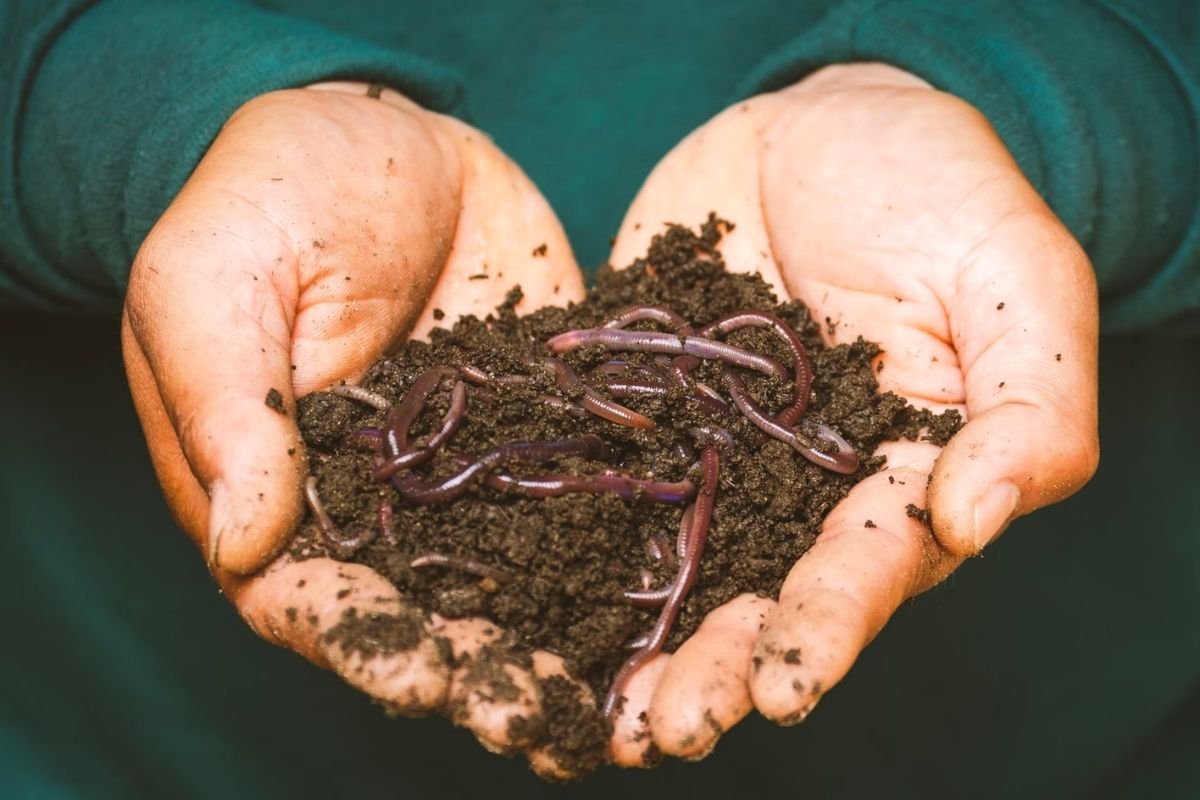
If you live in an apartment and the thought of worm-composting involves a backyard, think again: You can keep worms right on your kitchen counter (or next to the coffee maker) in this gorgeous, modern vessel:
2. Brew up a killer compost
Using coffee grounds in your compost pile will add green compost material, which includes food scraps like egg shells and vegetable peels. It must always be balanced with brown compost (carbon rich materials) meaning dry leaves, paper, and dry grass clippings to ensure a good rate of decomposition and healthy balance of bacteria.
A good rule of thumb for a balanced compost is maintaining 4:1 ratio of brown compost material to green compost material. Too much green material can lead to mold and odors 🥴
3. Keep the pests away
Can you think of another natural pesticide that’s a byproduct of something so delicious? Nope, me neither.
Coffee grounds create a natural barrier that acts against common pests like snails and slugs. If you have kitties at home, coffee grounds also repel cats and keep your potted plants from becoming the preferred litter box in your home! Cats dislike the smell of coffee grounds and will stay away if you mix coffee grounds into your soil.
4. Make acid-loving plants happy!
Fresh, unbrewed coffee grounds are very acidic, typically measuring a pH of between 4.8 and 5.1. ‘Acid-loving plants’ require a pH less than 5.5-6.5 to survive, so this is a match made in plant heaven!
Acid-loving plants including azaleas, hydrangeas, irises, rhododendrons, blueberries, carrots, and radishes will be happy with a scoop or two of fresh coffee grounds added to their soil.
5. Turn trash into treasure
One of the joys of home-gardening is discovering how many things we throw away that can actually be used again, and again and again. If you’ve never completed it before, reusing coffee grounds might just open your mind to the possibilities of what you can do with food waste.
How to make a liquid coffee fertilizer
If you prefer a liquid fertilizer, you can easily whip up a liquid coffee ground fertilizer. This is how:
- Mix 4 cups of used coffee grounds with 5-gallons of water in a large bucket.
- Let this concoction steep for a few hours or overnight.
- Pour the liquid and grounds through a sieve for a storable fertilizer, or apply the unfiltered liquid directly to your houseplants (grounds and all).
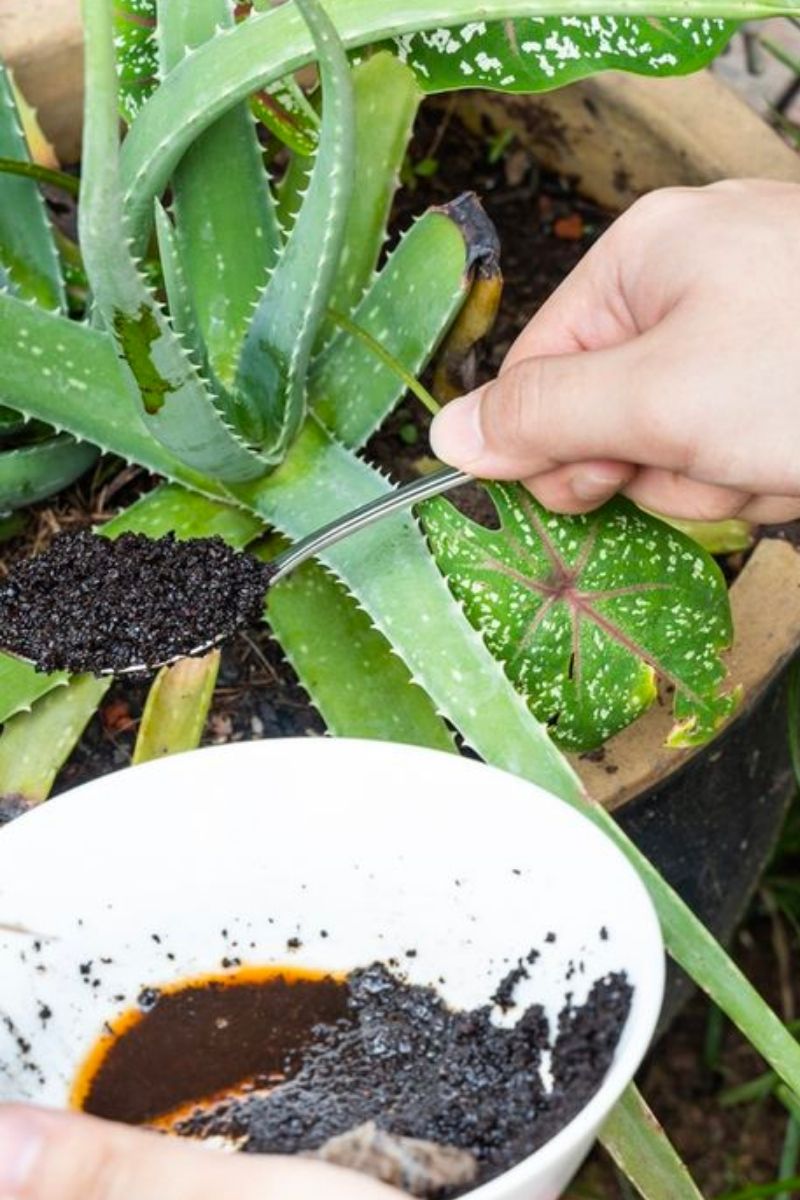
Houseplants that like coffee grounds
Some plants like coffee grounds more than others. When using your coffee grounds on these plants, it’s important to use in moderation – I recommend only 3-4 times per season, and rotating with other liquid fertilizers like these top picks from our readers:
Most coffee grounds contain caffeine, which can stunt the growth of plants and increase the risk of fungal diseases if used in excess.
Here are some house plants that like to be nourished with coffee grounds:
- Peace lilies
- Snake plant
- Spider plant
- Cyclamen
- Jade plants
- Christmas cactus
- Philodendron (like the popular split-leaf philodendron)
- Golden Pothos
- Miniature Roses
- African Violets
- Ghost Man
If you’re growing seedlings or have baby plants, wait until they’re mature before using coffee grounds.
Where to buy organic coffee:
Allego Organic Breakfast Blend
This organic, delicious breakfast blend has notes of milk chocolate, caramel and citrus. It is a light roast and speciality ground coffee. You will love enjoying a hot cup of this blend in the morning, and your plants will too!
Copper Moon Guatemalan Antigua Blend
Rich and full-bodied, this is the most delicious cup of coffee you will ever have. This sustainable & smooth coffee has a taste of cacao, citrus & berries.
Peet’s Coffee ‘Alma de La Tierra’
Alma de La Tierra in Spanish means ‘Soul of the Earth’ and this blend comes from the highest altitude in Latin America. It is an organic dark roast, that will wake you up in the morning, and give lots of nutrients to your plants when you use the leftover grounds!
Three Sisters Kicking Horse Coffee
This ground coffee is smooth, sexy and savoury. It is 100% organic & fair-trade coffee with notes of sweet tobacco, stone fruit & cacao. It is recommend to make by drip method & pour over, so you can recycle the used coffee grounds and your filter back into your compost after. All Three Sisters coffee is roasted in the Canadian rocky mountains.
Final Words
Most gardeners (and most gardens) love this organic way to reuse what would otherwise have been thrown away. Using coffee as fertilizer is a great way to get your morning fix and give your plants a boost too! Take note of the type of soil your plants like to grow in since grounds typically will alter the pH of your soil, and enjoy!
FAQs
Which plants like coffee grounds as fertilizer?
Plants that like coffee grounds include roses, blueberries, azaleas, wild strawberries, carrots, radishes, rhododendrons, hydrangeas, cabbage, lilies, and hollies. These are all acid-loving plants that thrive in acidic soil.
Which plants do not like coffee grounds?
Some plants that don’t like coffee grounds include tomatoes, alfalfa, and clovers. Lavender and rosemary also don’t respond well to this type of fertilizer. There are some plants where coffee grounds are completely toxic to them and should not be used at all. These include Black-eyed Susan, Century plant, Madagascar periwinkle, Sago palm, Tomatoes, and Yucca.
Where can I get used coffee grounds?
For starters, if you don’t make your own coffee at home with paper coffee filters, you can also go to your local coffee house and ask the barista working there. Coffee shops love to give coffee grounds away to gardeners. You shouldn’t have to look to hard for used coffee grounds, you can get them from Starbucks or any other coffee shops as well as your office if you work a desk job.
It is better to use your own organic coffee grounds, unless you are 100% sure that the source you are getting your coffee from doesn’t add artificial flavorings or chemicals to the coffee.
Are coffee grounds good for roses?
Coffee grounds are high in nitrogen and other nutrients, which can help support rose bushes. Nitrogen is one of the most important nutrients for healthy roses, so it is great to use your grounds in the garden at the start of the growing season. Roses love organic material, as it helps the soil around them to drain better. They grow best with soil that has a pH of 6.5. Just don’t add your coffee grounds in the summer, as the high nitrogen content could burn the roots of your roses.
Is leftover coffee good for plants?
As we shared above, you can make a liquid fertilizer or use the leftover coffee from your morning brew. Just keep a close eye on your plant to make sure the leaves are not yellowing at the edges or turning brown. If this does happen, this means the soil is becoming too acidic for the plant. You can lower the concentration of coffee by adding water to dilute it. Of course, it depends on the strength of the brew or the specific strain of coffee beans if you decide to make a tea.
Can coffee be used on grass?
Yes. The nutrients in coffee grounds act as a slow-fertilizer and are slowly released over time. This ensures that your grass will receive the nutrients, and it will also attract earthworms.
More about fertilizing
- 10 Best Worm Composter Bins For Easy Homemade Compost
- Compost Starter 101: When You Need It And How To Make It
- Our top pothos fertilizer picks for luscious vines
- 5 reasons to use coffee as fertilizer for your plants
- Best fertilizer for Monstera plants for gorgeous leaves
- Fertilizer Burn on Plants? Here’s How to Fix it
- Fiddle leaf fig fertilizer: How to feed your fiddle leaf

